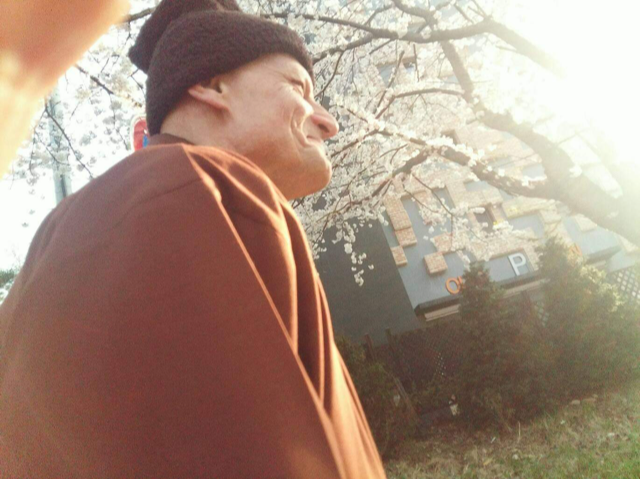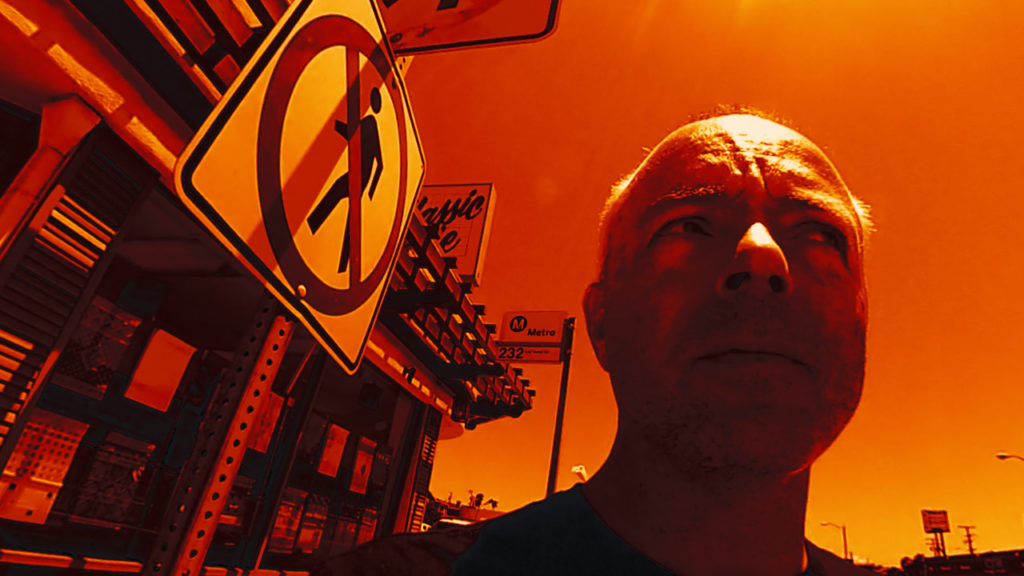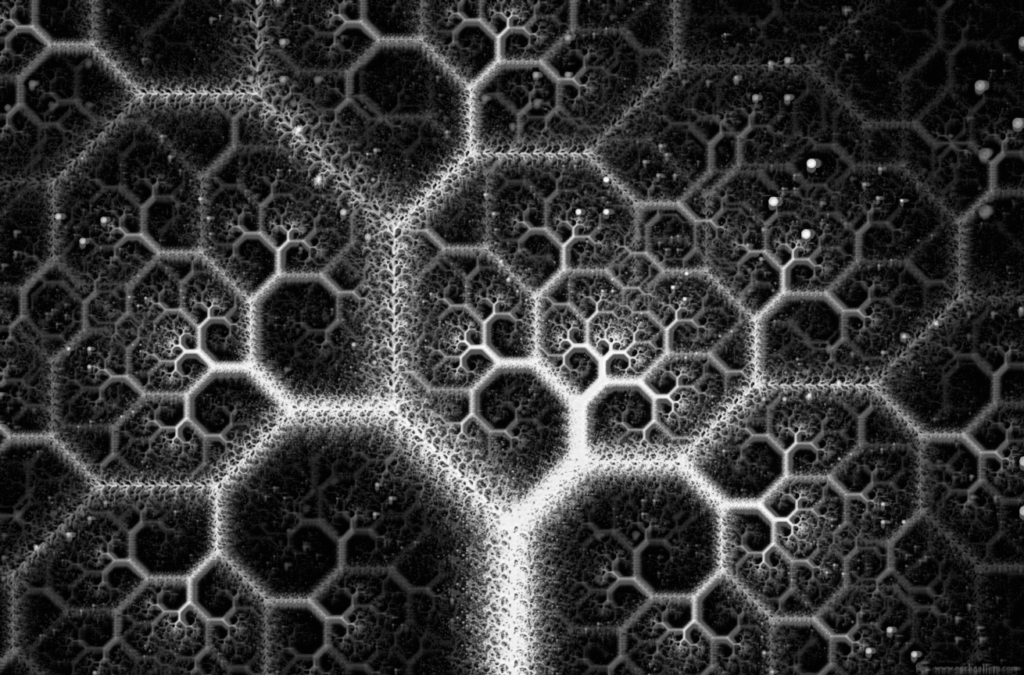
I met Jiyoung Sunim in South Korea. He was beginning the arduous training required to ordain as a Zen monk. As is the custom, he wore brown robes and stayed with the other initiates, who often did heavy work and faced the tough restrictions of all novices everywhere. He was by far the oldest of them, didn’t waste time with small talk or excess emotions.… continue reading >







